Résumé:
Tondre une pelouse mouillée peut entraîner des coupes irrégulières, des obstructions et des maladies fongiques. Si nécessaire, surélevez le plateau, affûtez les lames, tondez lentement et nettoyez fréquemment les débris d'herbe. Les tondeuses robotisées modernes sont efficaces, mais elles s'arrêtent quand même en cas de forte humidité. Améliorez le drainage et aérez chaque année pour réduire les zones humides et garantir des périodes de tonte plus sèches et plus saines.
Peut-on tondre la pelouse sur de l’herbe mouillée ?
Voici un aperçu approfondi et captivant des raisons pour lesquelles tondre une pelouse mouillée peut être une erreur, et comment gérer un gazon détrempé lorsque les circonstances vous y obligent. Nous explorerons les dangers de la tonte humide, les bonnes pratiques à adopter si nécessaire, le comportement des tondeuses robotisées et les mesures proactives à prendre pour minimiser les futurs soucis liés à la tonte humide.
L'humidité modifie radicalement la dynamique de l'entretien de la pelouse. Avant de prendre la tondeuse, découvrez pourquoi la patience est payante, comment protéger votre gazon et vos équipements, et ce que les équipements intelligents, comme les tondeuses robotisées pilotées par l'IA, peuvent et ne peuvent pas faire lorsque les lames rencontrent l'humidité.
Pourquoi il est déconseillé de tondre l'herbe mouillée
Coupes inégales et cicatrices sur la pelouse
Lorsque les brins d'herbe sont trempés, ils se plient sous la tondeuse et empêchent une coupe nette. Au lieu d'une coupe précise, vous obtenez des bords irréguliers et un gazon irrégulier qui gâchent l'apparence de votre pelouse.
Agglomération et accumulation de chaume
Les tontes humides adhèrent les unes aux autres et au sol, formant d'épais tapis. Ces mottes bloquent la lumière et l'air, étouffant l'herbe saine et accélérant l'accumulation de chaume, ce qui entrave l'absorption d'eau et de nutriments.
Augmentation des maladies fongiques
Les blessures humides sur les brins d'herbe deviennent des portes d'entrée pour les agents pathogènes fongiques comme la plaque brune et la brûlure en plaques. Tondre l'herbe humide augmente l'incidence des maladies, transformant les tapis verts en champs de bataille bruns.
Risques pour la sécurité
Les surfaces glissantes sur gazon humide présentent des risques de glissade, surtout sur les pentes. Un pied mal placé peut vous faire tomber, et une tondeuse en mouvement sur un sol glissant met en danger l'opérateur et les personnes à proximité.
Dommages causés aux tondeuses et problèmes d'entretien
L'herbe mouillée obstrue le carter et émousse les lames plus rapidement. La pression exercée sur le moteur et l'accumulation d'humidité corrosive réduisent la durée de vie de votre tondeuse et augmentent les coûts de réparation.
Si vous devez tondre l'herbe mouillée : meilleures pratiques
- Augmenter la hauteur de coupe
Augmentez la taille de votre plateau de coupe pour ne couper que le tiers supérieur de chaque lame. Cela réduit l'encrassement et la pression exercée sur le gazon et la machine.
- Affûter et inspecter les lames
Des lames bien aiguisées coupent l'herbe humide plus proprement. Avant de vous attaquer à une pelouse mouillée, inspectez les lames pour déceler toute trace de rouille ou d'entailles et affûtez-les ou remplacez-les si nécessaire.
- Rythme lent et régulier
Tondez à vitesse réduite pour laisser aux lames le temps de traiter les brins d'herbe humides. Une vitesse trop rapide favorise les obstructions et les coupes irrégulières ; allez-y doucement pour un résultat plus net.
- Nettoyer fréquemment
Arrêtez-vous régulièrement pour dégager l'herbe accumulée sous le carter. Un carter propre évite les blocages et maintient l'efficacité de la coupe.
- Modèles alternatifs
Changez de direction à chaque passage pour éviter la formation d'ornières dans les sols meubles et pour répartir uniformément le compactage
Tondeuses robotisées et pelouses humides
Les tondeuses robotisées modernes, comme la série Genie d'ANTHBOT, sont dotées de capteurs avancés, mais l'herbe mouillée pose toujours des défis :
- Perte de traction : les lames et le gazon mouillés réduisent l'adhérence des roues, provoquant des glissements et des zones manquées.
- Encrassement du pont : les lames automatisées ne peuvent pas éliminer les grumeaux par elles-mêmes, ce qui entraîne des performances irrégulières.
- Pauses de sécurité : les capteurs de pluie intégrés interrompent souvent la tonte jusqu'à ce que les conditions s'améliorent. Écoutez les avertissements de votre robot !
Certains modèles haut de gamme supportent une légère rosée ou des matins humides, mais les pelouses vraiment trempées par la pluie restent à proscrire pour de meilleurs résultats et une longévité optimale de la tondeuse.
Prévenir les futurs problèmes liés à la tonte humide
Améliorer le drainage
Installez des drains français ou des caniveaux pour évacuer l'excès d'eau des zones à forte circulation. Surélevez les passages de tondeuse sur les légers talus afin d'éviter les flaques persistantes.
Aération régulière
Aérez votre pelouse chaque année pour réduire le tassement du sol. Une meilleure circulation de l'air et un drainage plus rapide permettent à l'herbe de sécher plus rapidement après la pluie.
Choisissez des graminées résistantes à l'eau
Les espèces comme la fétuque élevée et la fétuque fine se remettent plus rapidement du stress hydrique. Envisagez de sursemer ces variétés dans les zones humides.
Horaire en fonction de la météo
Utilisez des applications de prévision pour planifier vos plages de tonte lors des journées sèches. Même les plages de milieu de matinée (sans rosée) et de fin d'après-midi minimisent l'humidité sur les lames.
Conclusion
Tondre une pelouse mouillée est souvent contre-productif : coupes irrégulières, obstructions de la tondeuse et problèmes de maladies justifient l'attente. Si la nécessité vous y oblige, adoptez les bonnes pratiques : surélevez le plateau, affûtez les lames, tondez lentement et maintenez votre terrasse propre. Pour un entretien facile et adapté aux conditions météorologiques, pensez à une tondeuse robot intelligente équipée de capteurs de pluie. Surtout, investissez dans un bon drainage et une bonne aération pour passer plus de temps sur une pelouse sèche et saine, et moins de temps à lutter contre l'herbe mouillée.

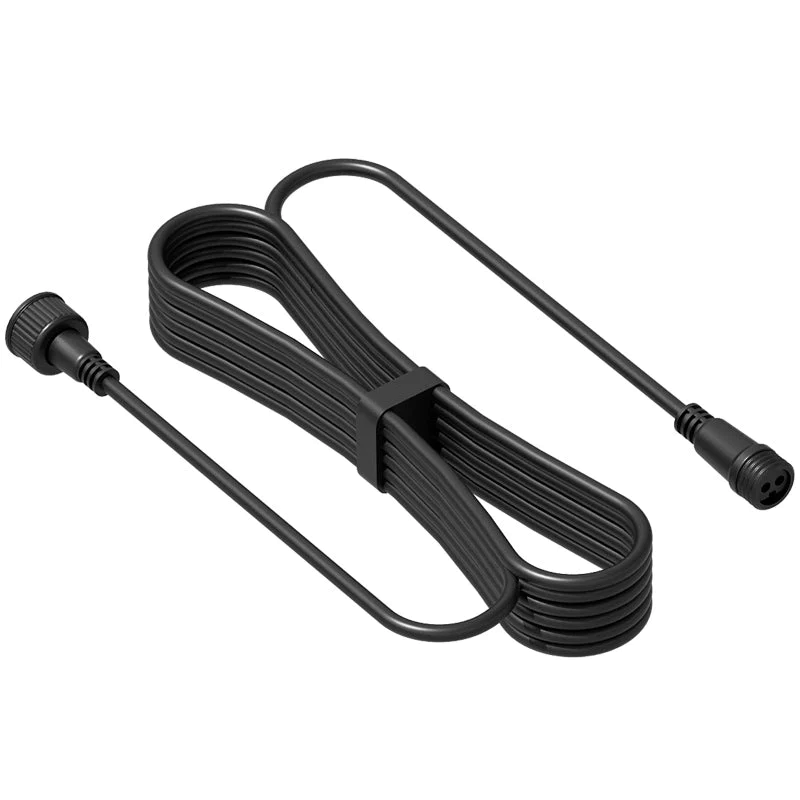
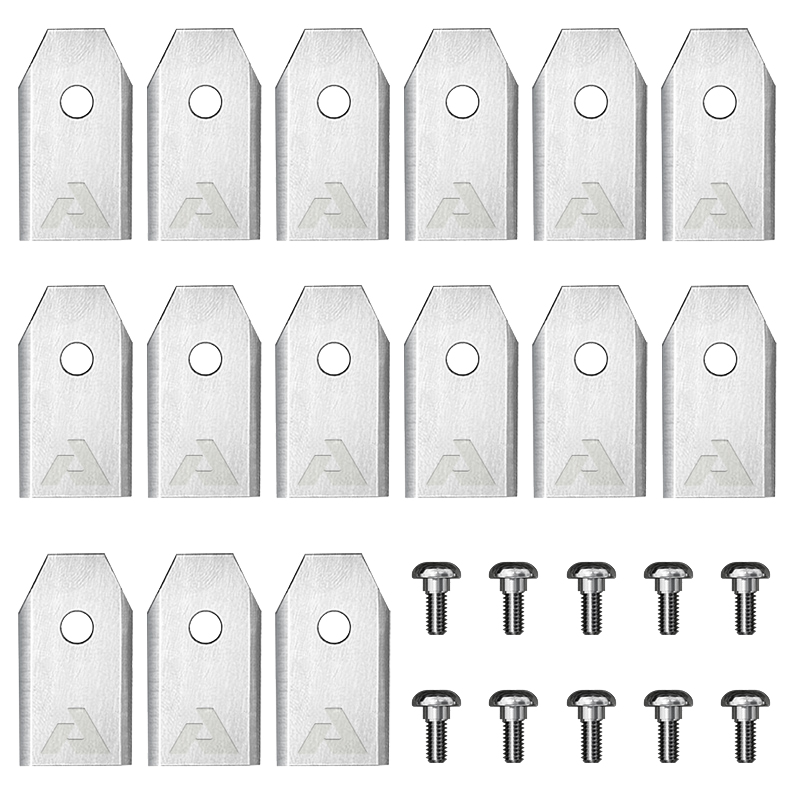
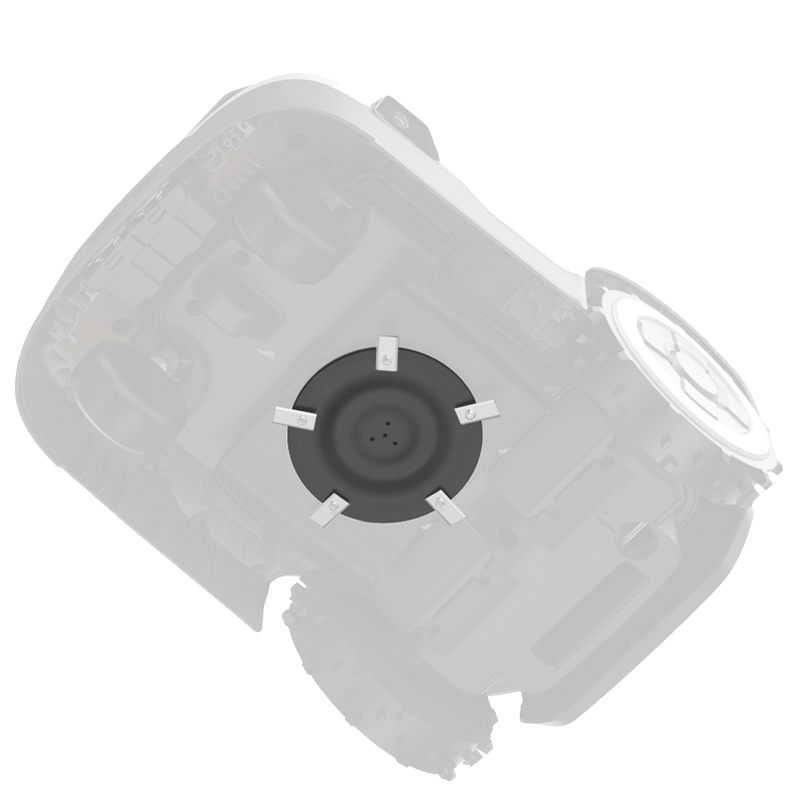
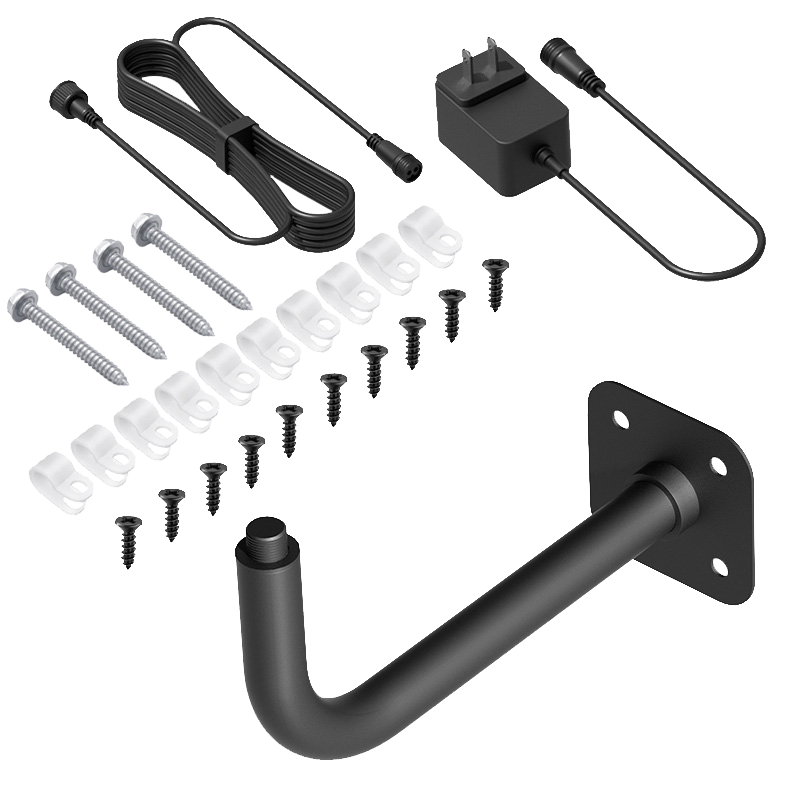
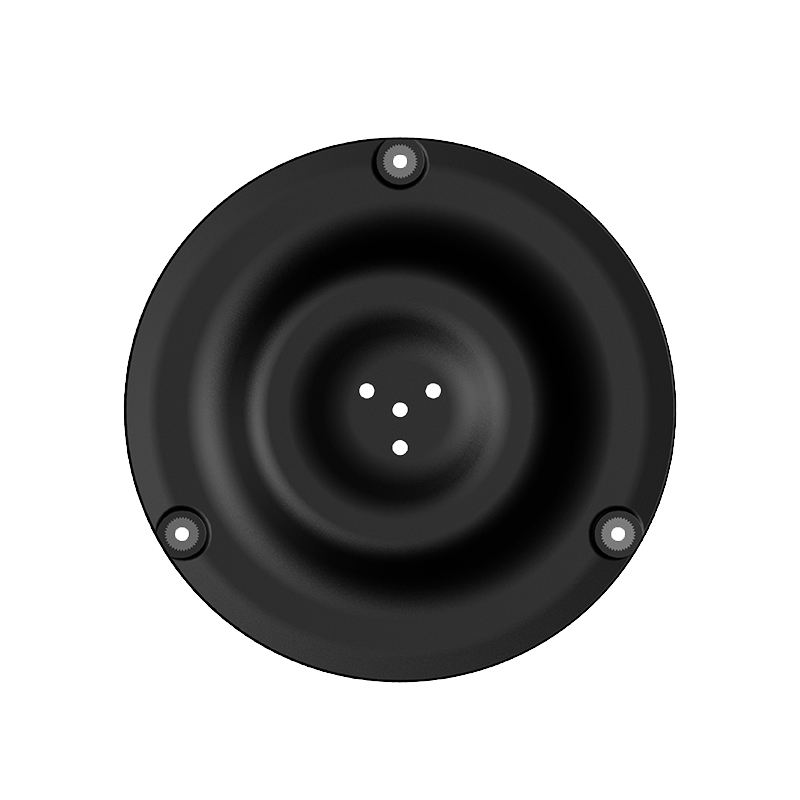
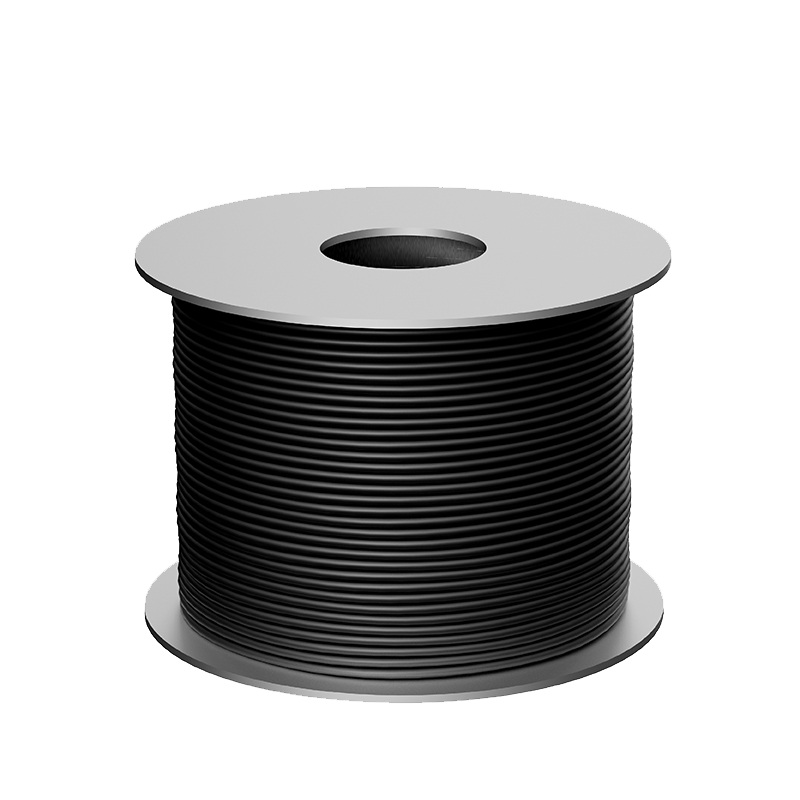
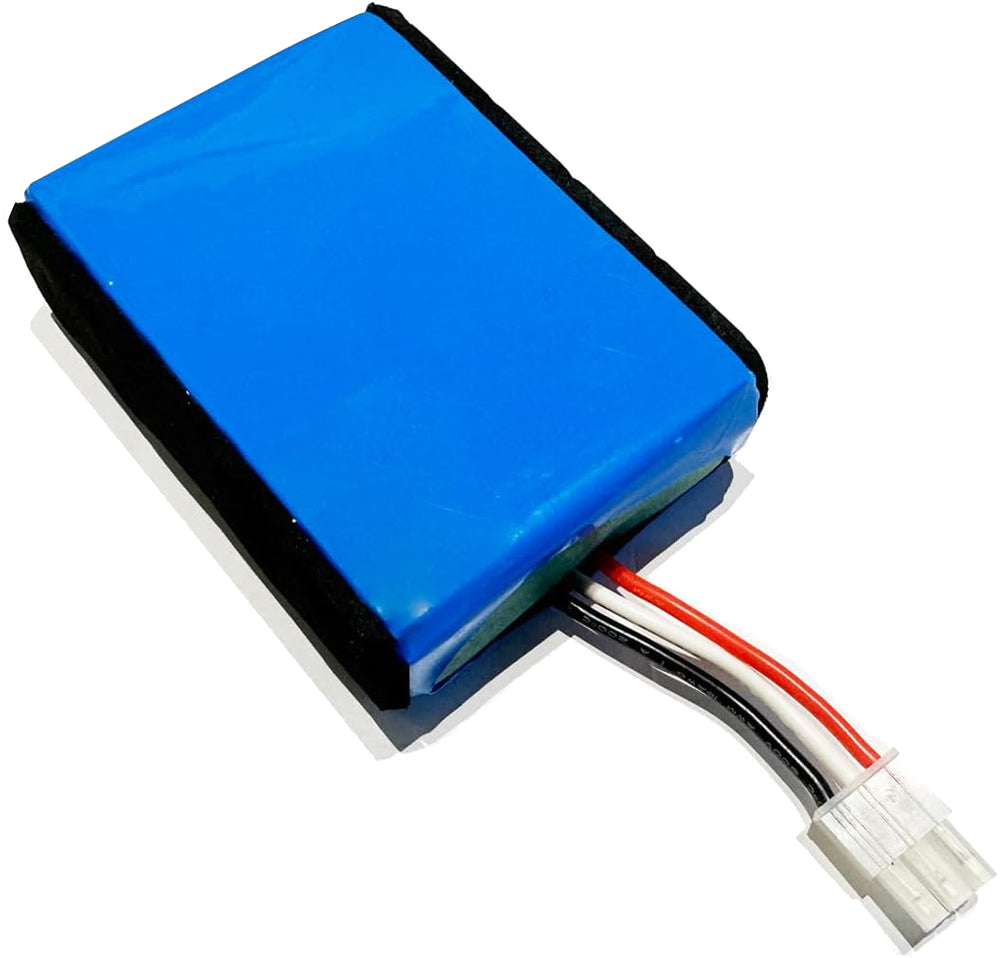

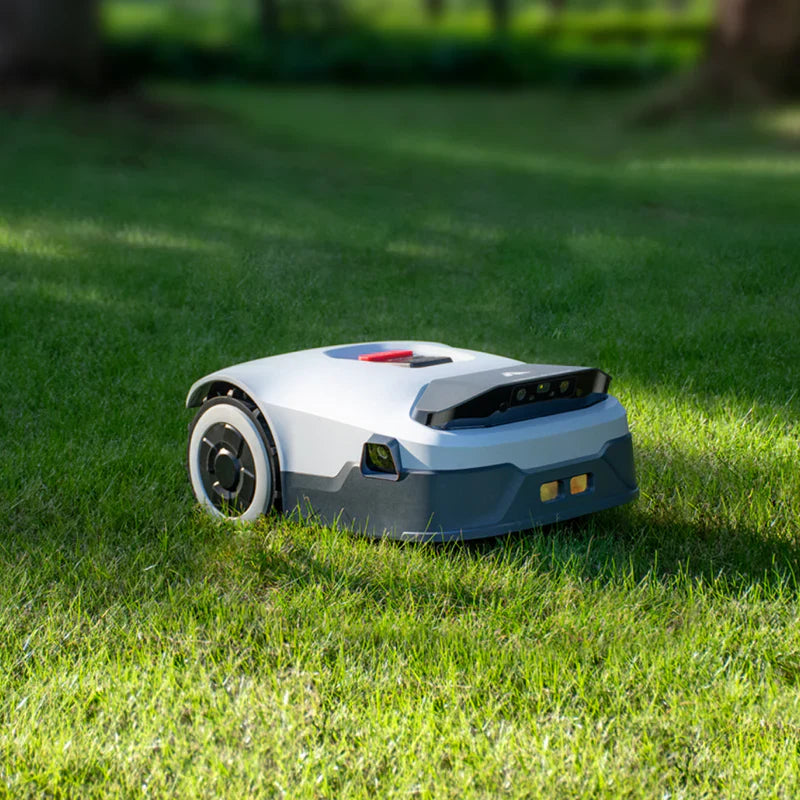

Laisser un commentaire
Ce site est protégé par hCaptcha, et la Politique de confidentialité et les Conditions de service de hCaptcha s’appliquent.